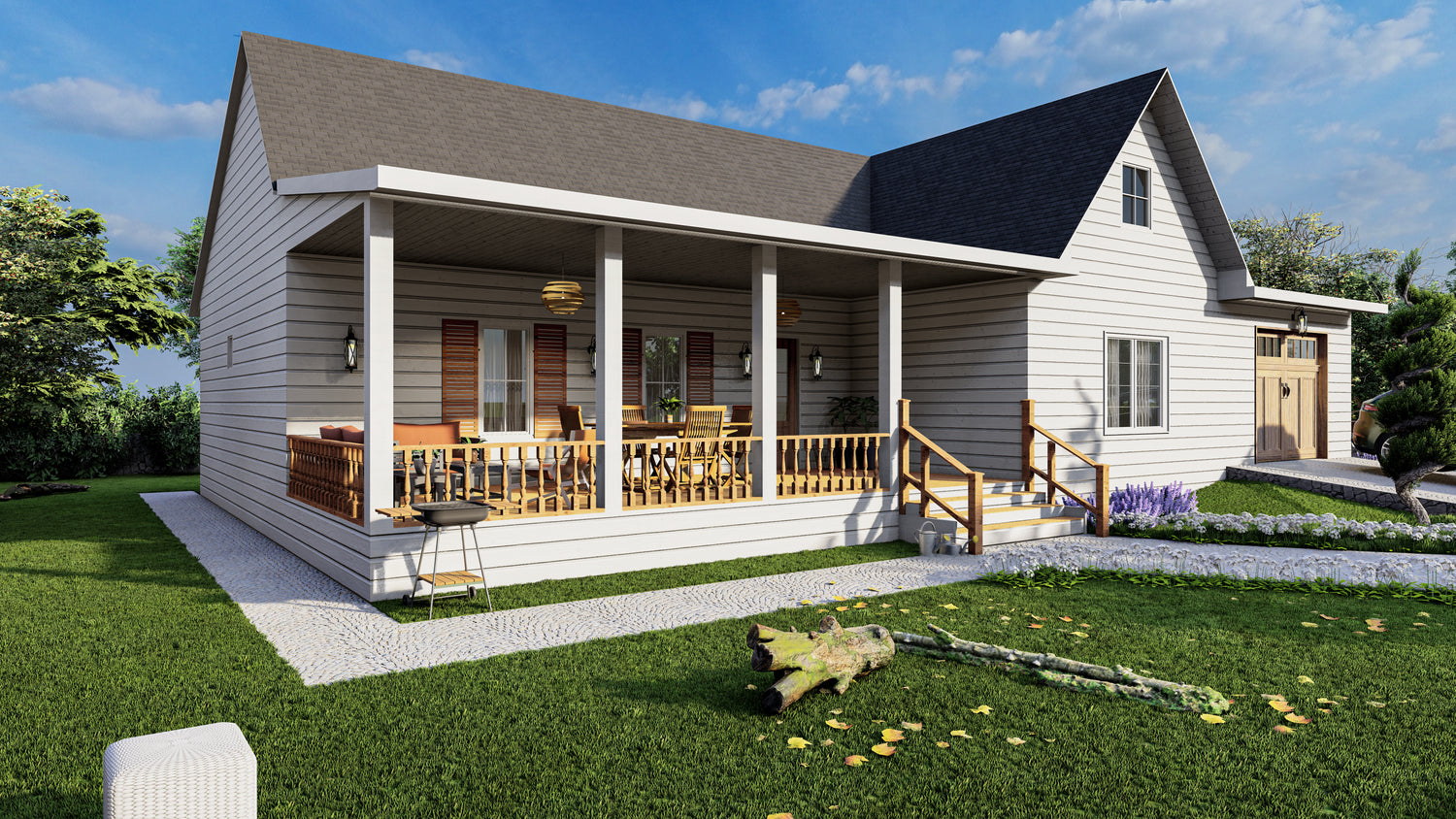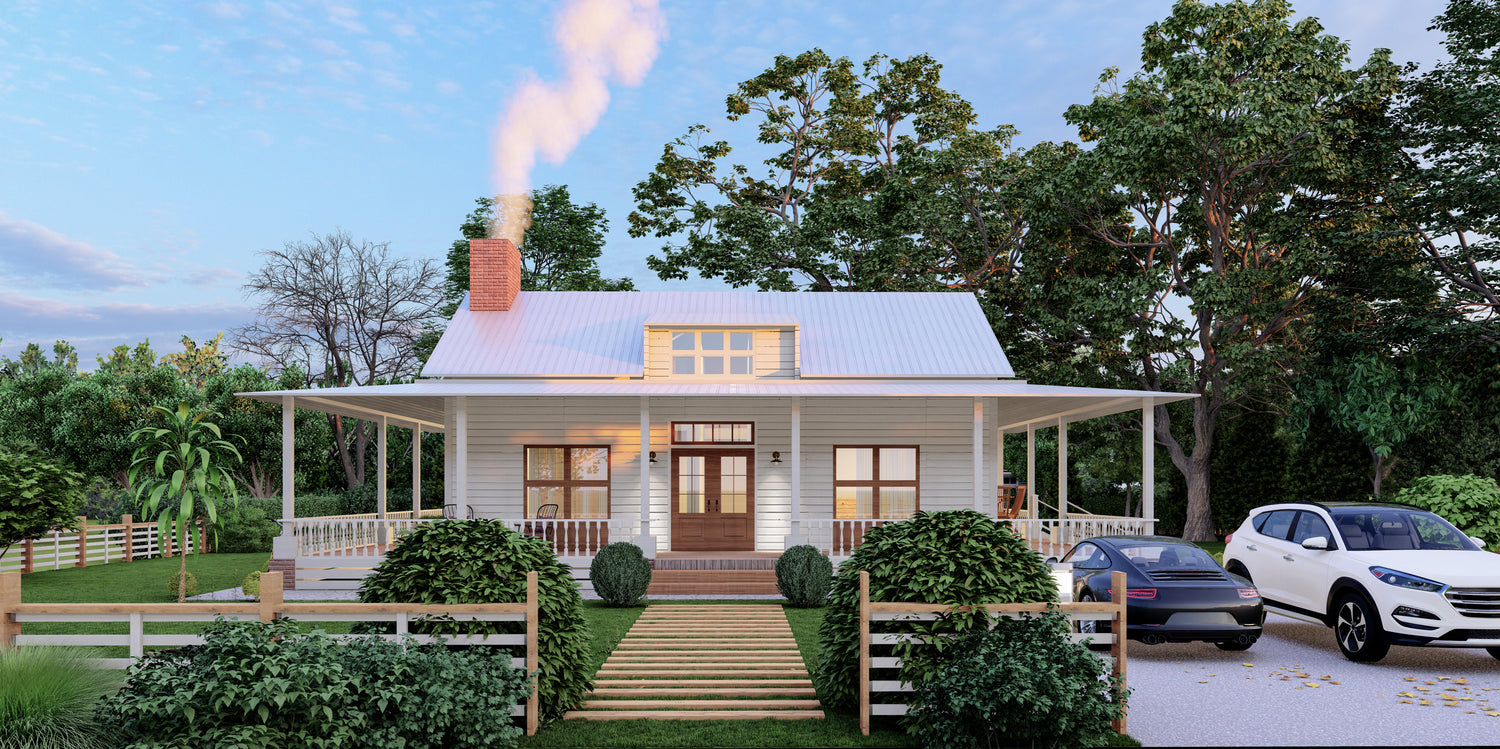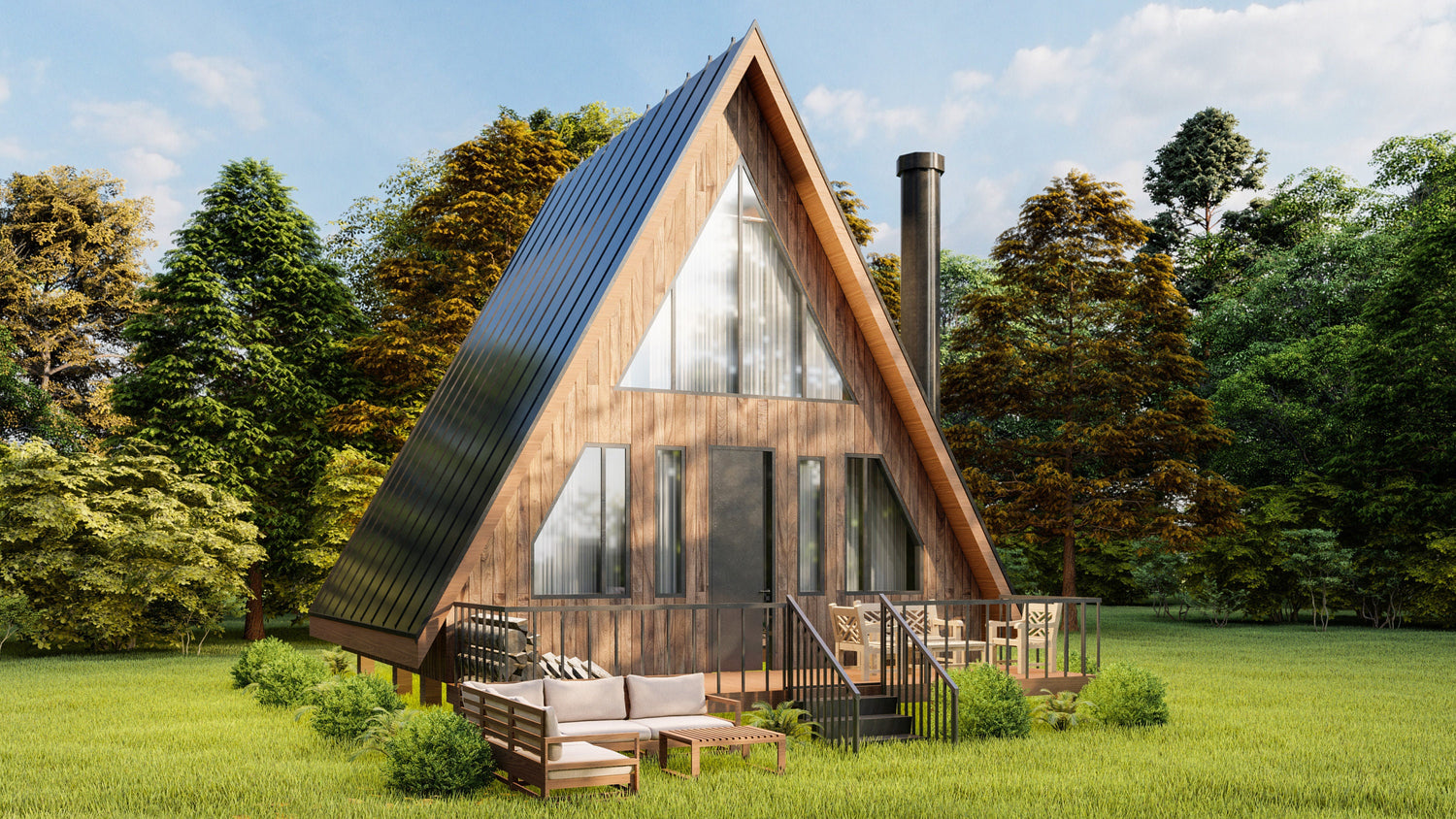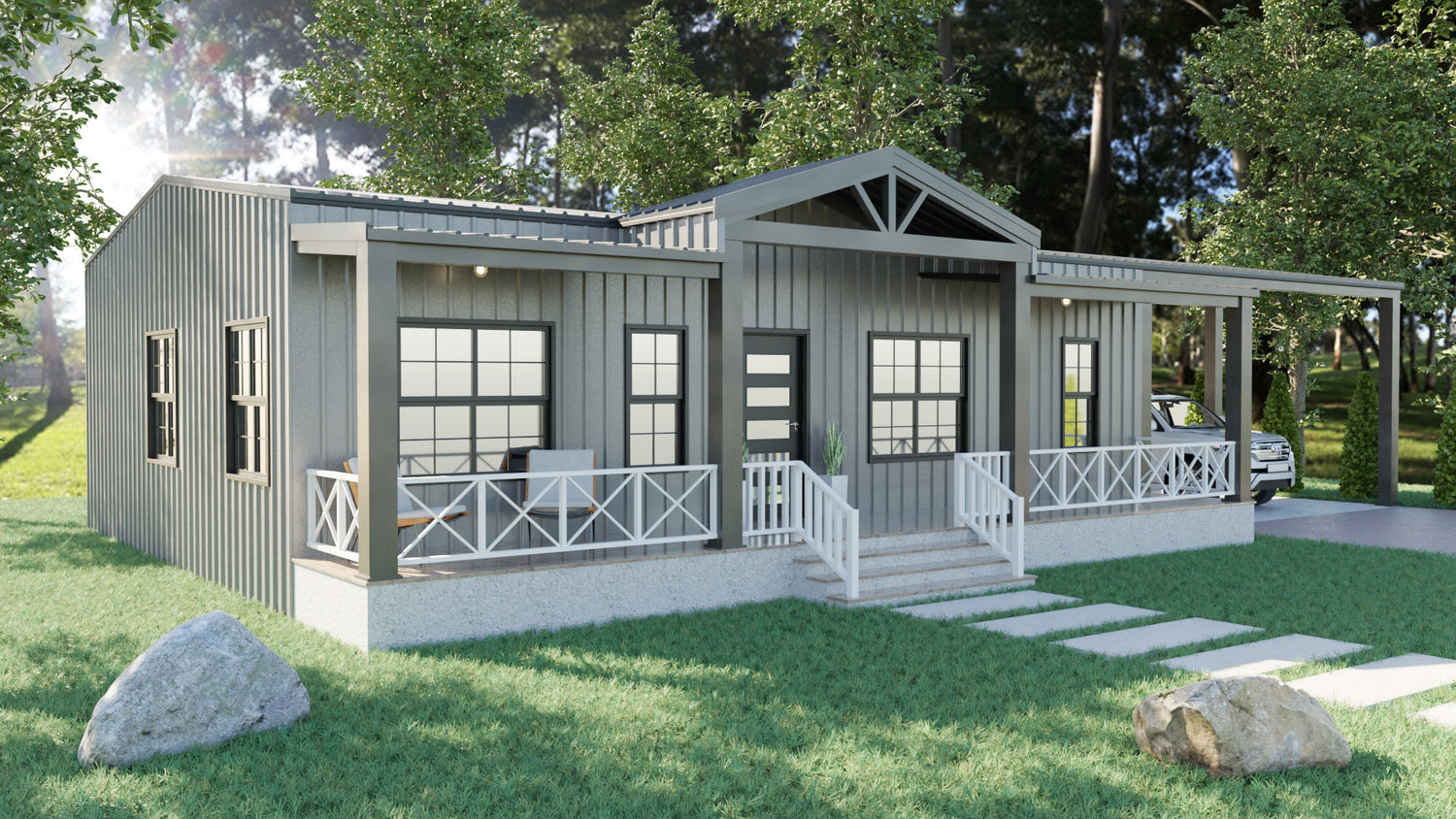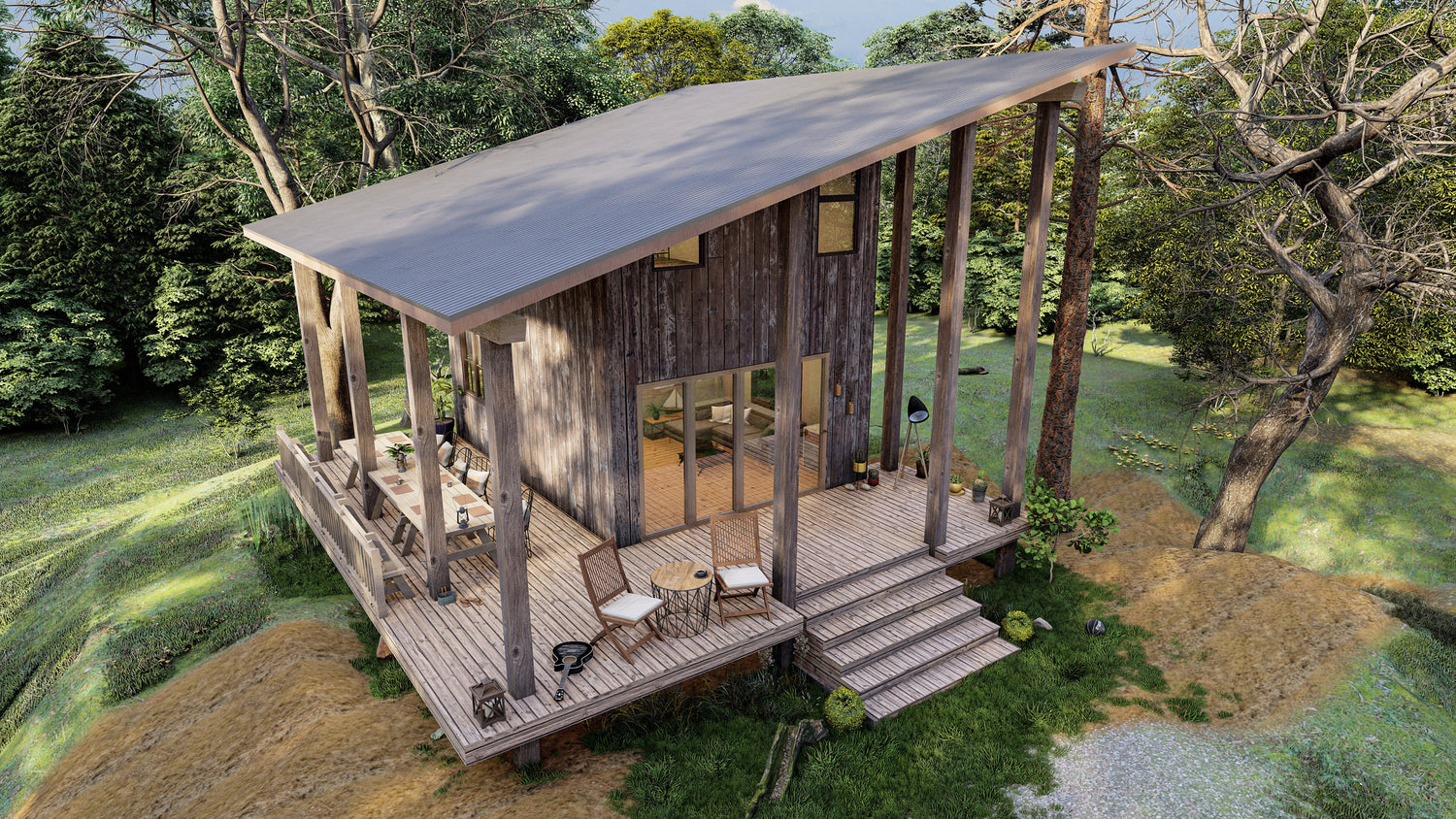Barndominiums are a type of home that combines the classic look of a barn with the modern amenities of a traditional home. They are becoming increasingly popular, as they offer a unique and stylish way to live.
In this blog post, we will discuss why barndominiums are the future of homebuilding. We will cover the following topics:
- The advantages of barndominiums
- The challenges of barndominiums
- The future of barndominiums
The Advantages of Barndominiums
There are many advantages to building a barndominium. Here are a few of the most common:

- Durability: Barndominiums are built with strong and durable materials, making them a good investment for the future. They are typically made with metal or steel framing, which is resistant to damage from wind, rain, and snow.
- Customization: Barndominiums can be customized to fit any style or budget. You can choose the size, shape, and features of your barndominium to create the perfect home for your needs.
- Energy efficiency: Barndominiums can be more energy-efficient than traditional homes, thanks to their metal or steel framing and large windows. Metal or steel framing helps to keep the home cool in the summer and warm in the winter. Large windows let in natural light, which can help to reduce the need for artificial lighting.
- Flexibility: Barndominiums can be used for a variety of purposes. They can be used as a residential home, a commercial space, or an agricultural building. This flexibility makes them a good option for a variety of homeowners.
The Challenges of Barndominiums
While barndominiums offer many advantages, there are also a few potential drawbacks to consider. Here are a few of the most common:
- Cost: Barndominiums can be more expensive to build than traditional homes. The exact cost will vary depending on the size of the home, the materials you use, and the location of your build.
- Availability: Barndominiums may not be available in all areas. You may need to find a builder who is willing to work with you to create a barndominium that meets your needs.
- Zoning restrictions: Barndominiums may require special permits or zoning approvals in some areas. It is important to check with your local authorities before you start planning your build.
The Future of Barndominiums
Barndominiums are becoming increasingly popular, and they are poised to become the future of homebuilding. There are several reasons for this:
- The rising cost of traditional homes: The cost of traditional homes is rising, making barndominiums a more affordable option.
- The increasing demand for customization: Homeowners are increasingly looking for homes that can be customized to fit their needs and preferences. Barndominiums offer a high level of customization.
- The growing importance of energy efficiency: Homeowners are increasingly concerned about energy efficiency. Barndominiums can be more energy-efficient than traditional homes.
As the popularity of barndominiums continues to grow, we can expect to see more and more of them being built in the years to come.
Frequently Asked Questions
What is the average cost of building a barndominium?
The average cost of building a barndominium is $150 to $250 per square foot. The exact cost will vary depending on the size of the home, the materials you use, and the location of your build.
How long does it take to build a barndominium?
The construction time for a barndominium will vary depending on the size of the home and the complexity of the design. In general, it takes about six to eight months to build a barndominium.
How do I find a barndominium builder?
You can find barndominium builders online or through word-of-mouth. It is important to get quotes from several builders before making a decision.
Are barndominiums a good investment?
Barndominiums can be a good investment, as they are durable and can be customized to fit any style or budget. However, it is important to do your research before building a barndominium, as the cost of construction can vary depending on the size of the home, the materials you use, and the location of your build.

